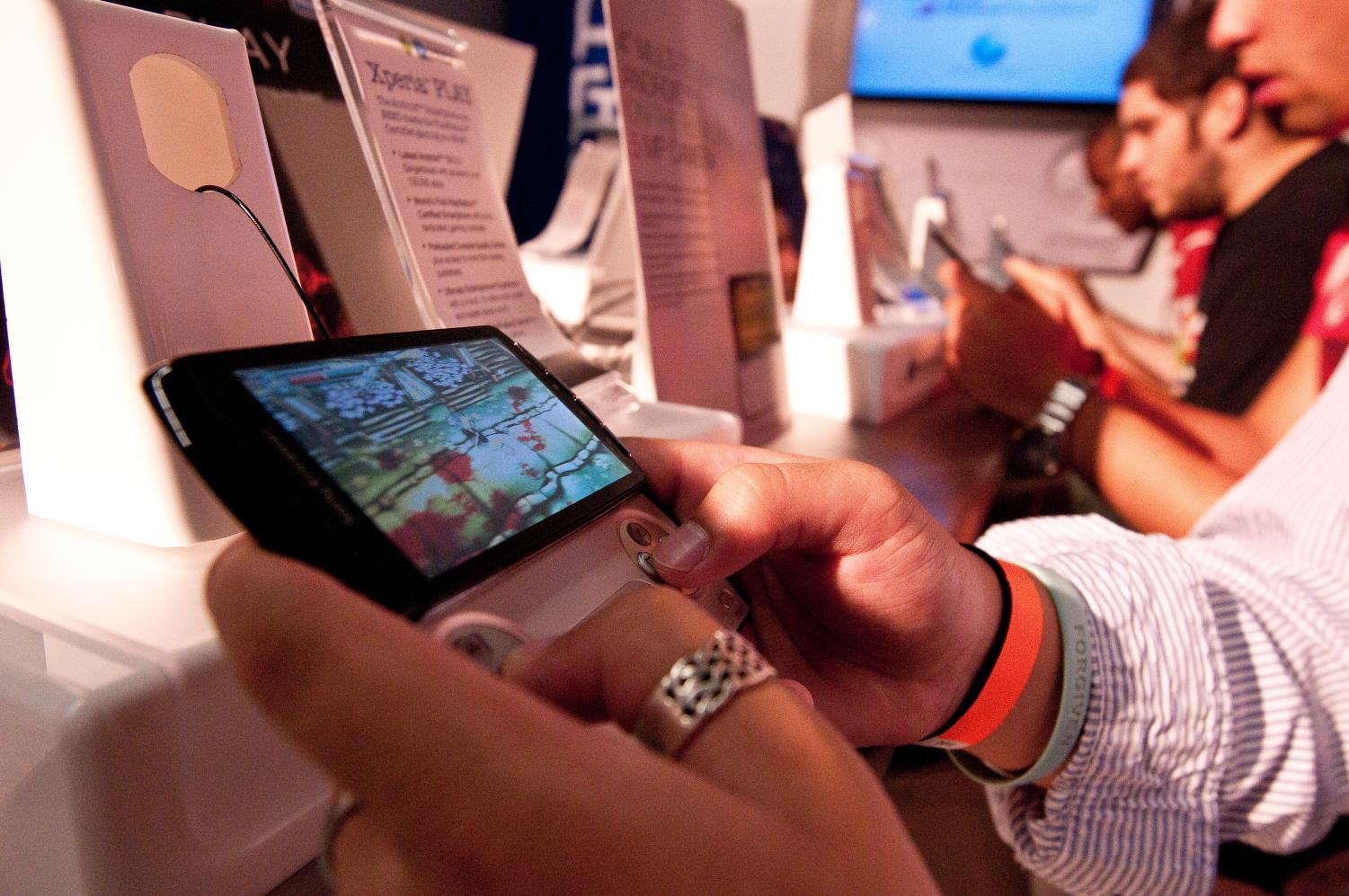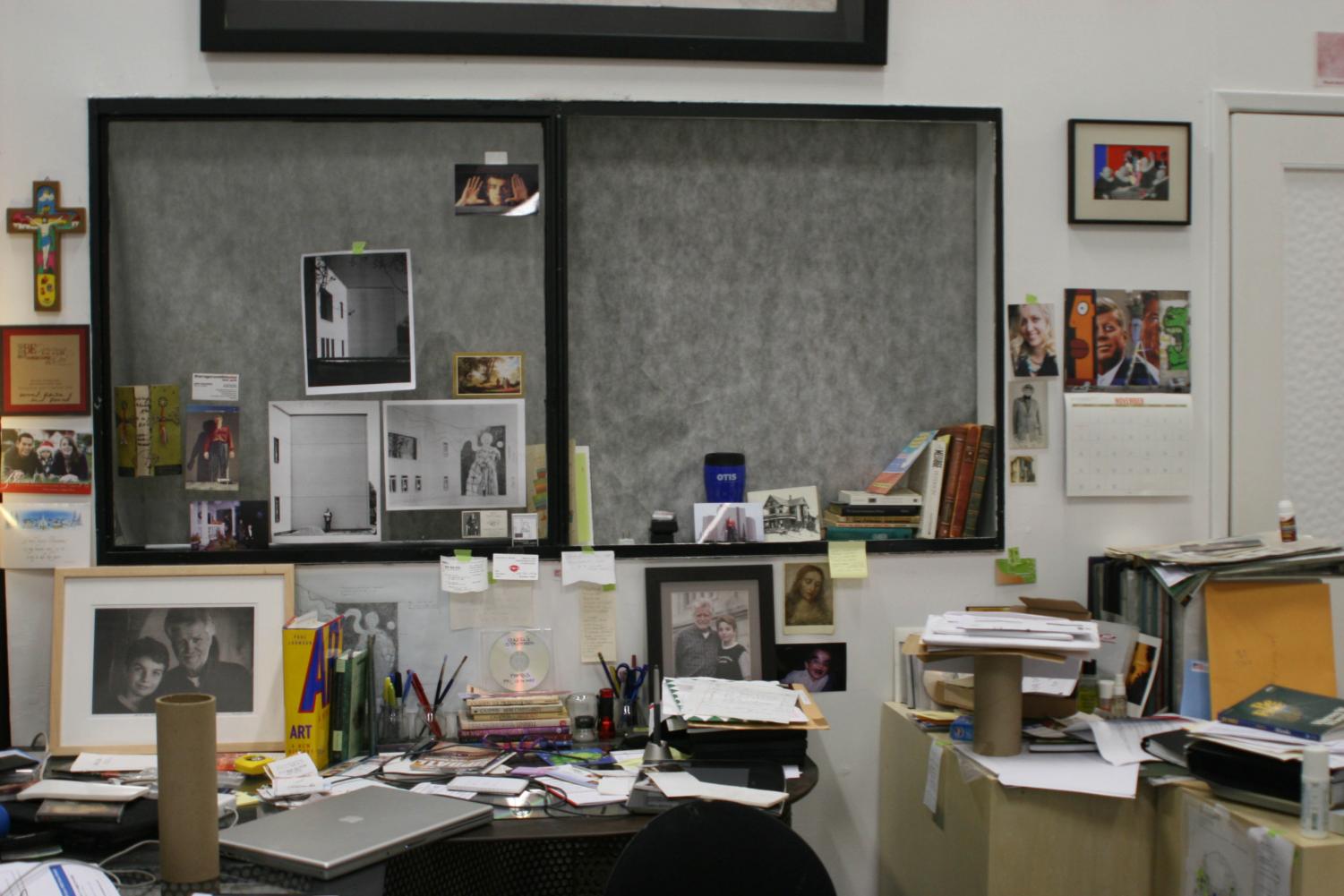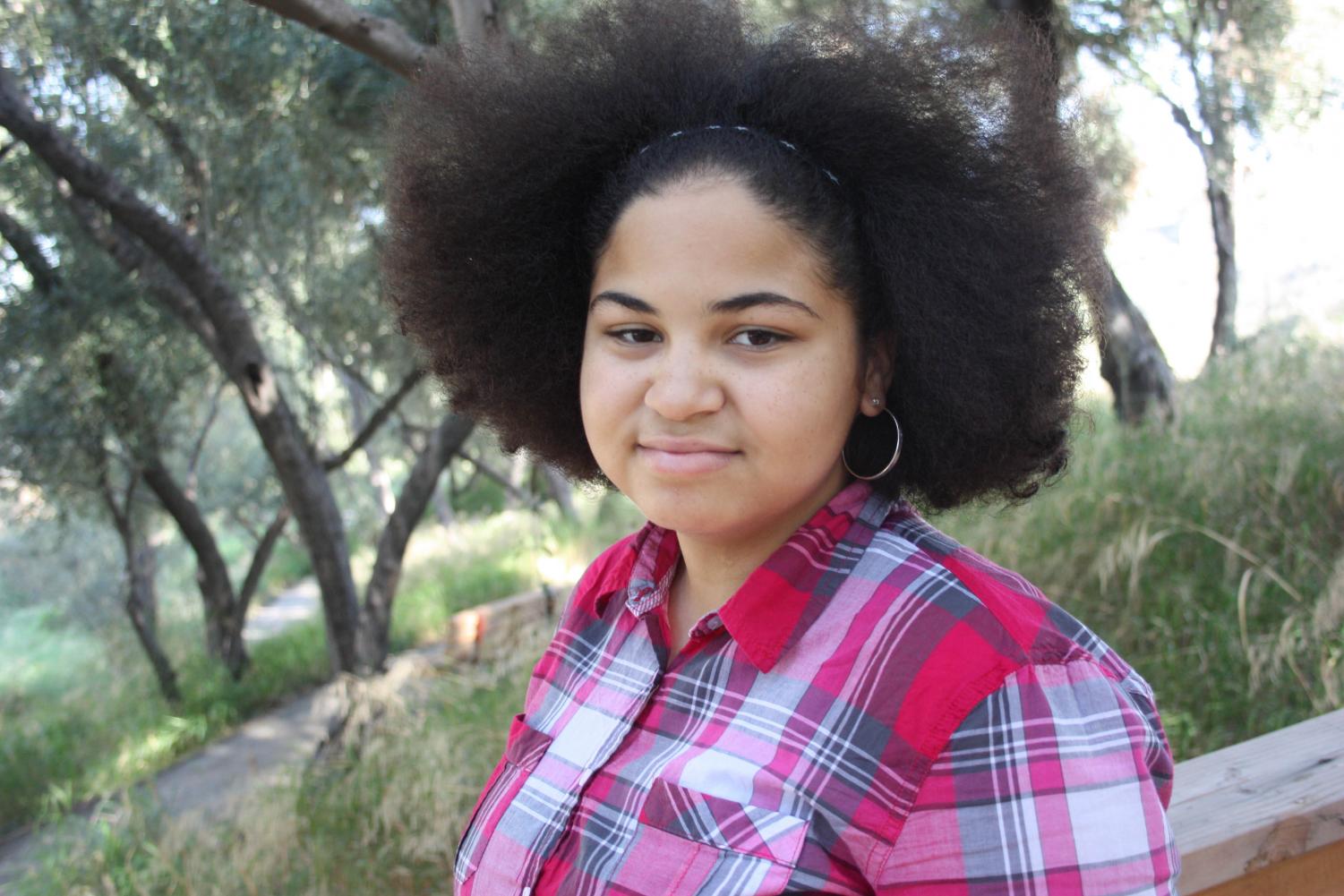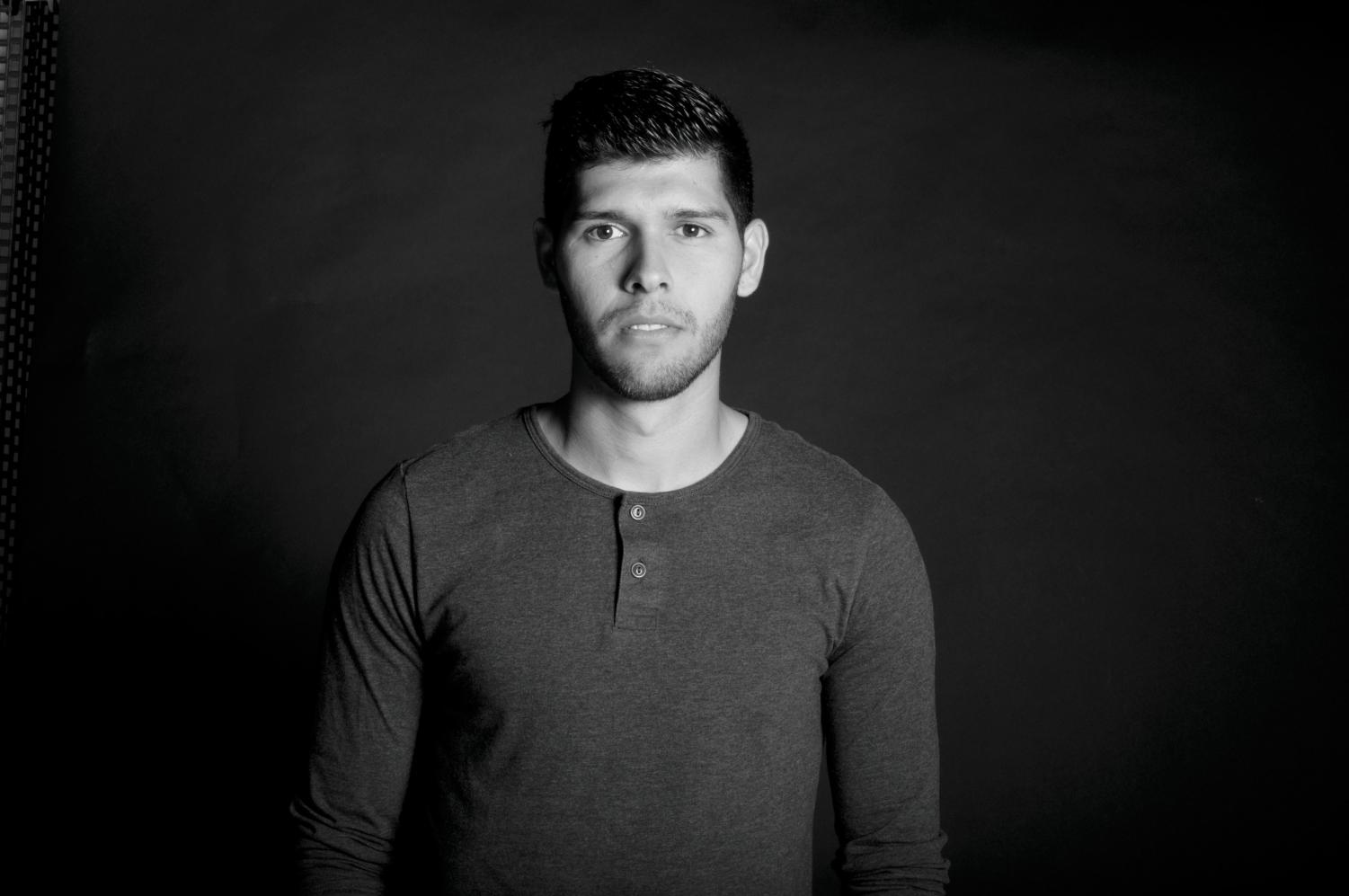Written by Daniel Vera
Competition among humans is nothing new, but the medium through which we display our drive for domination is constantly evolving. In the workplace, on the field, tearing up the dance floor, we relish the chance to show off our skills and defeat any challengers. Yet this modern, technological age is beginning to witness the rise of a new arena for competition: major league video gaming. Moreover, gaming at a professional level is more than just an outlet for people to burn off steam or validate themselves with fame and fortune. It’s a full-fledged community, and one that affects lives in surprisingly meaningful ways.
Video game enthusiasts are hardly strangers to the Biola community. One of them, Rachel Beck, is a regular online participant in Starcraft, an extraterrestrial military strategy game. Beck is a graduate student with a B.A. in communications who first became interested in online gaming early in her undergrad years. She began following streaming sites, which link to recorded videos of gameplay, as well as the “Day9” podcast, where host Sean Plott would feature various high-profile gamers.
In one Day9 episode, Plott turned self-reflective, contemplating the maturity professional gaming had produced in his own life. He was inspired by the way the shared interests and experiences had brought him closer to others, including old hometown friends and even his own family. Plott’s testimony inspired Beck, who has since been an advocate of competitive gaming, having experienced its communal benefit herself.
Beck even had the opportunity to visit a tournament in Anaheim organized by Major League Gaming (MLG), one of the largest broadcasters of competitive video game events in America. MLG’s website links to dozens of recorded “play-throughs” by professional gamers, including live streams where the play-through can be viewed by audiences over the web as the game is played in real time. “It was phenomenal,” Beck says of the experience.
MLG also organizes participation events where gamers can compete against each other. Those associated with playing certain games often form “leagues” or “clans” that may vary in scale depending on the game. A league is divided into several levels, or “divisions,” Beck explains, ranking players through a system known as “laddering.”
To ensure new players are put up against others of a similar skill level, gamers are separated into divisions based on their performance during competition. Points awarded for victories allow the players to ascend into higher divisions, which is where the term “laddering” originates. It usually takes five matches to determine a gamer’s division placement, and those at the top become the league’s official representatives. In Beck’s Starcraft league, there are seven divisions: Bronze, Silver, Gold, Diamond, Platinum, Masters, and Grand Masters. Gamers who play together often can also form independent teams within their divisions, establishing even closer communities.
League gamers most often prefer well-known, high-profile releases by large companies like Microsoft, typically making their decision based on whether a game emphasizes a single-player, multiplayer or strategy gameplay configuration. The most common games include titles from the Halo franchise, Team Fortress Two, and the Smash Bros. series. Because of the variety of options, players can tailor their gaming experiences in order to perfect certain skills.
Beyond the attractive perks that professional gaming entails, players are largely motivated by the prospect of bonding with others in their field. For Beck, joining such a large league of gamers, particularly one so centralized around a single franchise, felt a little intimidating at first. However, after getting to know her fellow league members, whom she describes as the nicest people she’s ever known, her hesitations quickly vanished. “They want to see you see yourself better,” she says. “There’s the stereotype that gamers are socially awkward, but they say there’s nothing cooler than being proud of the thing you love.”
Professional gaming is expanding quickly. In 2009, during the first Starcraft tournament MLG hosted in the U.S., the audience barely filled the tournament’s designated room, and was almost exclusively composed of those competing in the tournament. But by the next year, more than 20,000 people spilled out of the building and into the street. Growth has been exponential, and comes with its share of concerns.
“You have to love the game for its own sake to be a part of it, not just to get money, otherwise you’ll burn out,” Beck says. “But [other gamers] support you, and eventually you learn to carry yourself as well.” She stresses the need for real enjoyment when playing video games. “Deliberately addictive games like Farmville are designed to play mind games with you . . . make you feel bad if you stop playing,” says Beck. “That’s different from a continual enjoyment, which energizes you. Real playing increases your refresh rate; you learn better multitasking; your mind becomes more organized from learning to keep track of the game’s variables.”
Professional gaming still has many obstacles to overcome on its road to greater and wider acclaim. It has stereotypes to shatter and assumptions to overturn. But it is clearly more than merely a gang of Halo geeks gathered in a living room; it is a growing community of individuals who share not only a passion, but the drive to turn that passion into a professional reality. And with such a supportive band of brothers and sisters pursuing the same dreams, perhaps a better world is just one level ahead.





